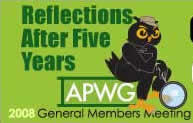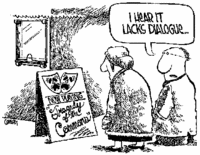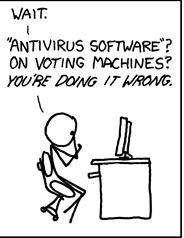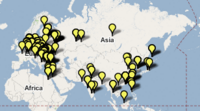 Paul Graham points out that big company checks on purchasing
usually have costs, such as purchasing checks increase the costs of
purchased items because the vendors have to factor in their costs
of passing the checks.
Paul Graham points out that big company checks on purchasing
usually have costs, such as purchasing checks increase the costs of
purchased items because the vendors have to factor in their costs
of passing the checks.
Such things happen constantly to the biggest organizations of all, governments. But checks instituted by governments can cause much worse problems than merely overpaying. Checks instituted by governments can cripple a country’s whole economy. Up till about 1400, China was richer and more technologically advanced than Europe. One reason Europe pulled ahead was that the Chinese government restricted long trading voyages. So it was left to the Europeans to explore and eventually to dominate the rest of the world, including China.I would say western governments (especially the U.S.) subsidizing petroleum production and not renewable energy is one of the biggest source of current world economic, political, and military problems. Of course, lack of checks can also have adverse effects as we’ve just seen with the fancy derivatives the shadow banking system sold in a pyramid scheme throughout the world. It’s like there should be a balance on checks. Which I suppose is Graham’s point: without taking into account the costs of checks (and I would argue also the risks of not having checks), how can you strike such a balance?— The Other Half of “Artists Ship”, by Paul Graham, November 2008
He doesn’t neglect to apply his hypothesis to SOX: Continue reading



 Shing Yin Khor of Fox Interactive Media, which owns MySpace, gave an entertaining talk at APWG in which she gave a good case that MySpace has mostly eliminated phishing ads on MySpace and is busily suppressing other phishing.
Shing Yin Khor of Fox Interactive Media, which owns MySpace, gave an entertaining talk at APWG in which she gave a good case that MySpace has mostly eliminated phishing ads on MySpace and is busily suppressing other phishing.




